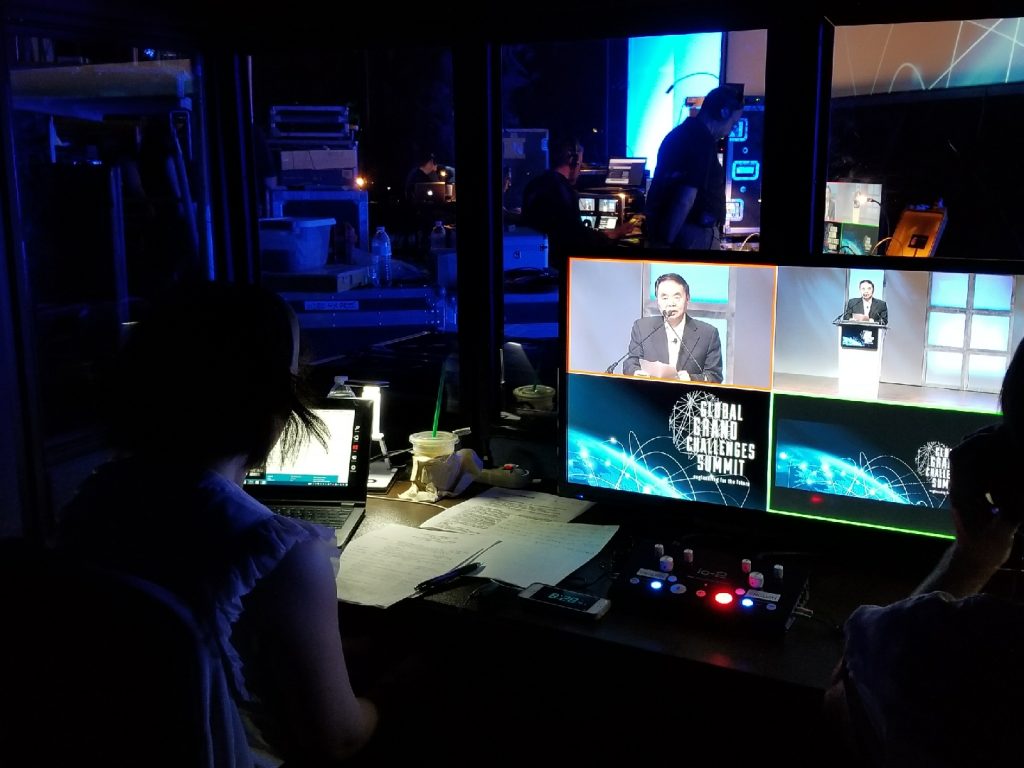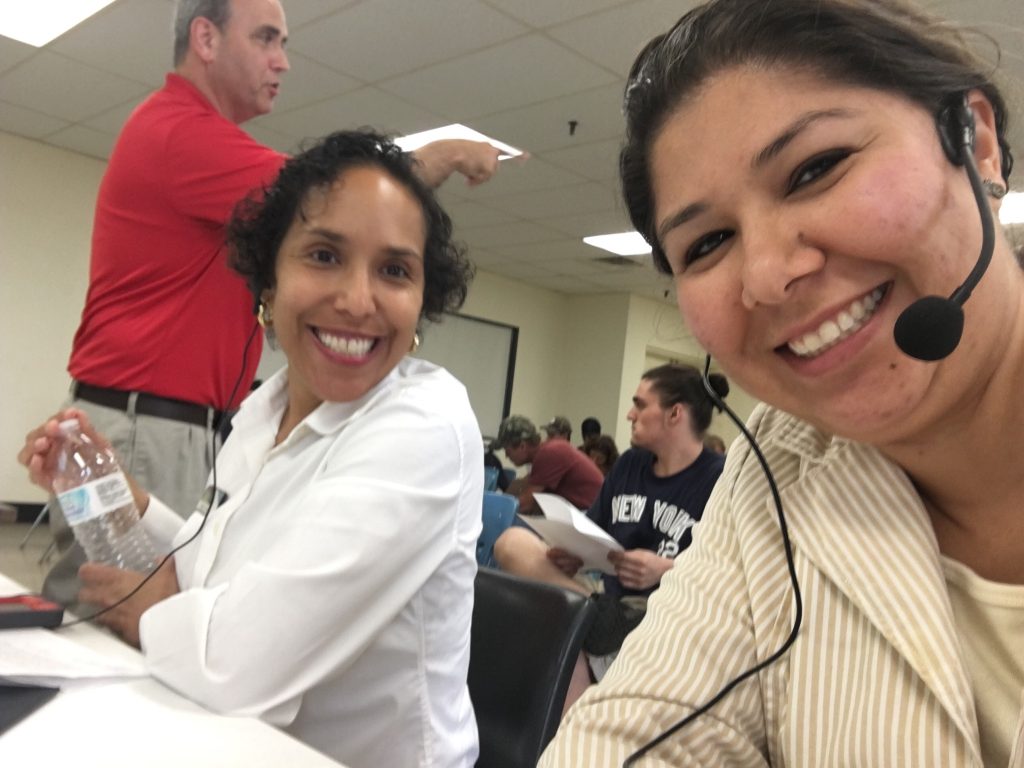Conference Interpreting
How its done
Conference interpreting is used mostly for formal conferences and meetings where the participants speak different languages.
Examples are the United Nations, international meetings, internal company conferences, and the like.
While interpreting from a fully encapsulated booth, the audience members hear the interpreters through lightweight, wireless listening device
Conference interpreting usually consists of at least one soundproof booth for each language, an interpreting console, transmitter, and headsets for the interpreting team, receivers with earphones for the foreign-language audience.
Simultaneous interpreting is a complex skill requiring the interpreter to
(1) listen attentively, (2) comprehend the message, (3) convert message to the target language, (4) choose the proper words, grammar, and syntax, and (5) provide the rendition while continuing to listen to the next statements.
Conference interpreting is a very demanding profession that requires great concentration. Therefore, a team of two interpreters is mandatory as per ASTM F2089 Standard Practice for stellar performance and reduction of cognitive fatigue.
Depending on the complexity of the subject matter and the length of the meeting or event, a third interpreter may be necessary. This allows the interpreting team to maintain quality.
Our Talented Team Of Skilled, Professional Conference Interpreters Are :
- Knowledgeable
- Experienced
- Well trained
- Fluent
Our conference interpreters have extensive conference experience and complete language fluency.
We assists many meeting planners produce successful and seamless multilingual events.
Common Industry Problems Are :
Inexperienced, unqualified, and unmotivated conference interpreters
Miscommunications at all levels
Inadequate, under-performing interpreting equipment
Inconsistent message interpretation
Typically, event planners want to ensure that attendees not only receive the information in their own language, but also have a great experience.





